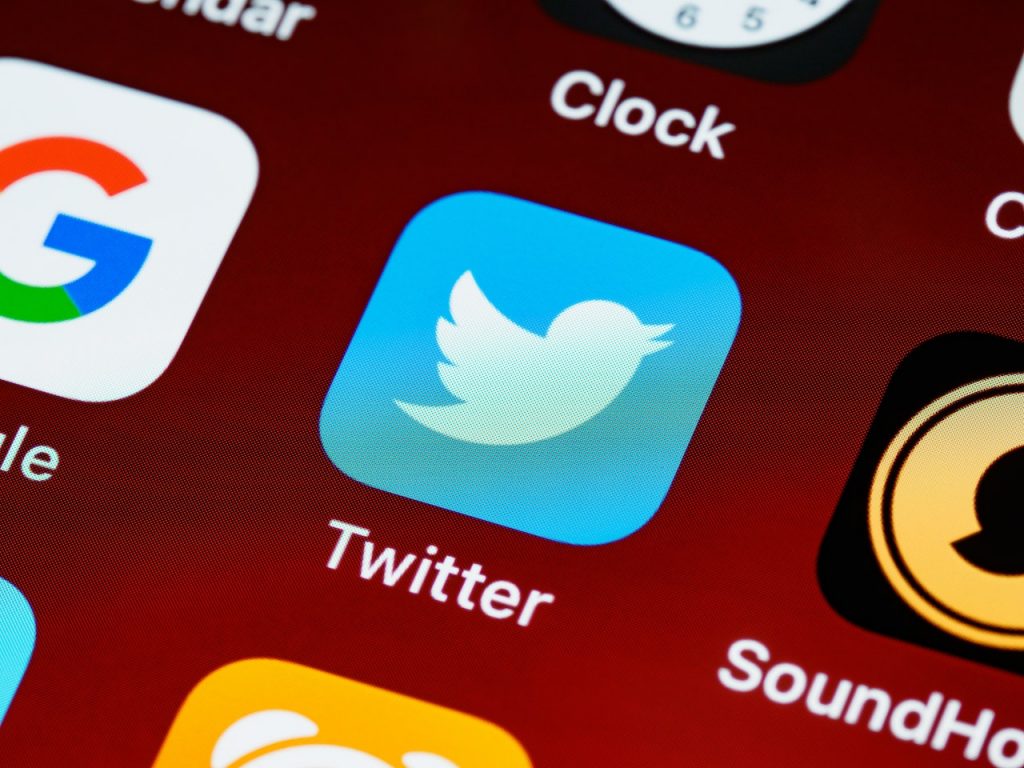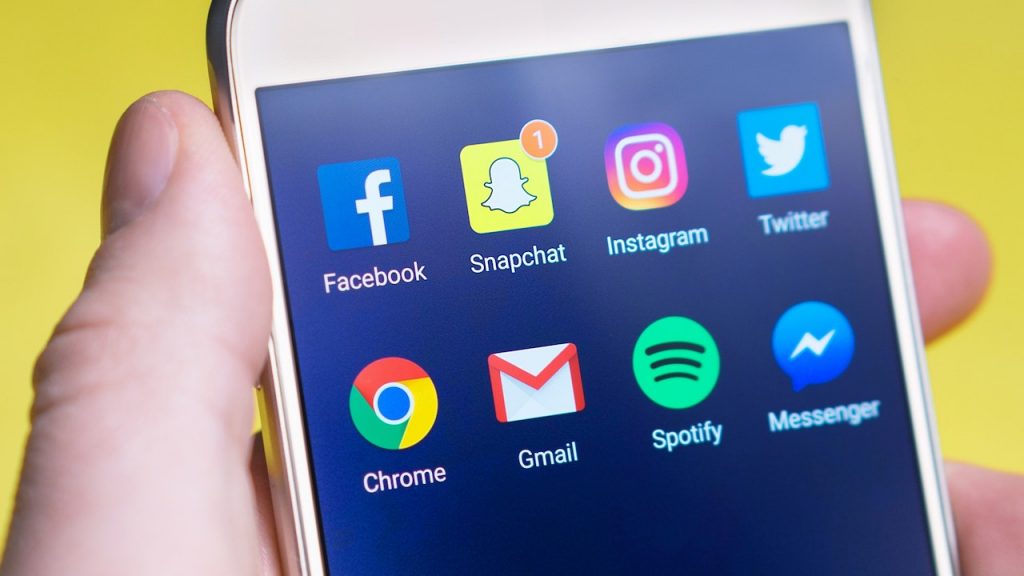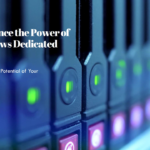Psst! the Twitter blue checkmark doesn’t cost $20!
Scammers are using Elon Musk’s purchase of Twitter as bait to steal login credentials from “popular or well-known” people, or those who believe they match the criteria.
Elon Musk’s Twitter plans

He plans to increase Twitter revenue by testing out new methods to monetize tweets. Among those methods include Organizations that might be charged fees for embedding or quote-tweeting verified users. Musk also sent and deleted many tweets with suggestions for the company’s Twitter Blue membership service. He also proposed that the social media platform’s verified blue checkmark, an ad-free interface, and greater editing tools in the $2.99 subscription cost.
Why do users require Twitter verification?
The desired blue verification flag that appears on Twitter accounts notifies users that the account is publicly relevant and, more crucially, authentic. Any verified account has a blue checkmark next to their username on their profile and in search results, and it always appears in the same spot.
Accounts must be verified in order to convey to their viewers that they are authentic and trustworthy. If a client has a question about a product or service, for example, Twitter users will prefer to contact a verified brand account.
Some advantages of getting that blue tick

A verified Twitter account is significant. It might result in more followers and more trust in the network. Here are some of the most well-known advantages…
- Increased Credibility
A blue tick on your Twitter account lends credibility and increases trustworthiness among followers. It increases the likelihood that your fans and prospective followers will take you seriously. Don’t we all want to hear from “trustworthy” sources?
- Less Concern About Impersonation
A verified Twitter account lowers the chances of someone impersonating you. Users may also readily locate their “authentic” account via search because verified accounts are more likely to appear in search results. Furthermore, verification helps to reduce phishing. When your followers see the blue tick, they can determine that anyone attempting to contact them without it isn’t you.
- Increased Number of Followers
When you get the blue tick on Twitter, your account is more likely to expand faster since the verification badge indicates to potential followers that this person’s material is more trustworthy because they went through the verification procedure.
- Twitter’s Trust Signal
While Twitter has been clear that the blue tick on your account does not imply endorsement, the fact that it is given so selectively suggests that you have to pass some type of exam to receive it. May result in verification on other social media platforms
Linking your verified Twitter handle to your TikTok account, as described in this piece about how to get verified on TikTok, will boost your chances of being verified on TikTok.
Cybercriminals are using these plans
The new phishing effort is based on Elon Musk’s intention to monetize Twitter’s Blue Checkmark, a sign provided to accounts whose identities have been validated and is meant to reduce impersonation fraud on the network.
According to the scam email, the blue checkmark will soon cost $19.99, but only for people who are not renowned or well-known. Those who qualify will be able to utilize the function for free; all they need to do is prove their identities.
Offering cybercriminals sensitive information
As is customary with phishing emails, this one includes a “Provide Information” link that redirects recipients to a page where they may verify their identities. The site is a Google Doc with a Google Sites URL, and the landing page has an embedded frame hosted on a Russian hosting platform.
How to recognize such emails

The entire email is unprofessional and filled with red flags. The email is sent from a Gmail address (Twitter contact center) rather than Twitter’s domain, which is likely the most serious red flag. The company has also announced that the blue checkmark will cost $8 rather than $19.99. Finally, there is no reason why the function should be free for celebrities.
The pervasive sense of urgency as phishing emails typically aims to scare individuals into doing something foolishly. It also contains typos, spelling problems, and other grammatical mistakes, which are additional prominent markers of phishing emails.





